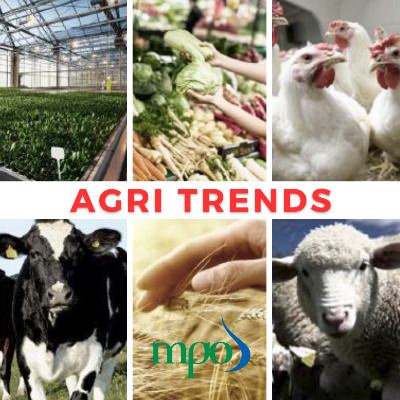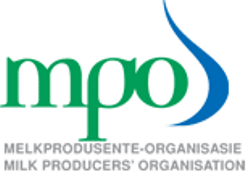
Positive sentiment in the wool market
The South African wool market is positive, driven by strong demand for quality and the finer wools. There has been good demand for quality Merino wools from China where consumers are becoming wealthier and looking less at price and more at the quality of the clothing they are buying. The Chinese middle class and increasing population are supporting demand.
For the second week of May 2018, the Cape Wools Merino indicator reached R190.70/kg, this price is 17% higher year on year. The indicator is meanwhile below the seasonal high of R197.43/kg (clean).
Wool receipts into brokers’ stores as at the end of April are down about 8% compared with 2016/17. Although supply is a concern, it is evident that increased consumer demand for wool is also playing an important role in the price increases.
Strong demand for South African wool, as well as reduced seasonal delivering are all adding a bullish tone to the wool market.
Highlights
Fibre
- The development of some of the areas for mining has reduced land available for Merino wool farming, therefore reducing supply.
- Major wool producing countries are faced with unfavourable seasonal conditions, predation, various land and political conditions limiting supply.
Grains & Oilseeds
- Local soybean prices to trade sideways. Expect price support due to profitable crushing margins
- Increased maize deliveries, harvest pressure and storage costs may add more pressure to maize prices from end May 2018.
Livestock
- During March 2018, 204 617 head of cattle were slaughtered. This is 8.4% more head of cattle slaughtered month on month, but 17% less cattle slaughtered compared to the same time a year ago. Significant year on year declines in cattle slaughter is an indication of herd rebuilding process, following drought induced slaughter during 2015/16 season.
- During March 2018, 371 643 head of sheep were slaughtered. This is 17% more head of sheep slaughtered month on month, but 20% less sheep slaughtered compared to the same time a year ago. Significant year on year declines in sheep slaughter is an indication of herd rebuilding process, following drought induced slaughter during 2015/16 season.
- During March 2018, 237 346 head of pigs were slaughtered. This is 9.8% higher month on month, but 4.5% lower compared to the same time a year ago.
- Seasonally, we are moving into a colder winter period which is not supportive of outdoor grilling. This may weigh on demand prospects for beef, lamb and mutton. Demand for C grades normally improves during this time.
Published on Monday, 21st May 2018 - 07:57
Recent Posts
disclaimer









